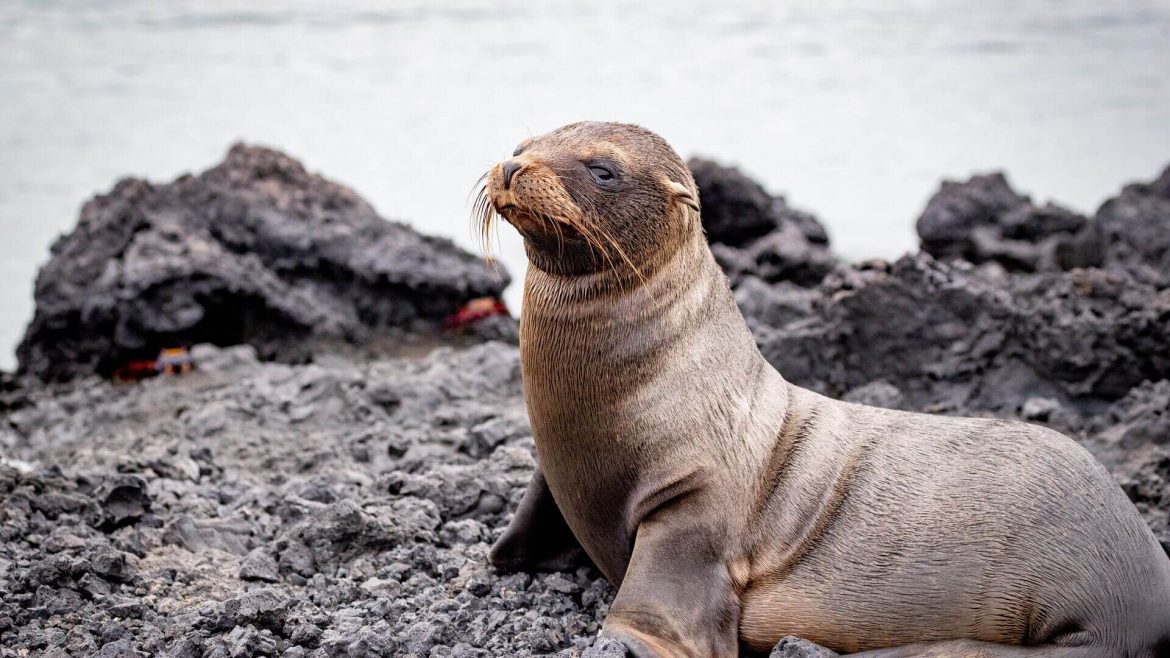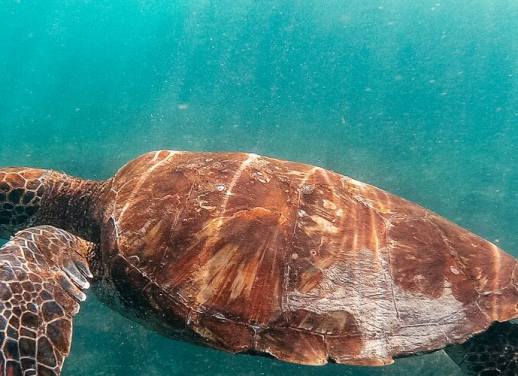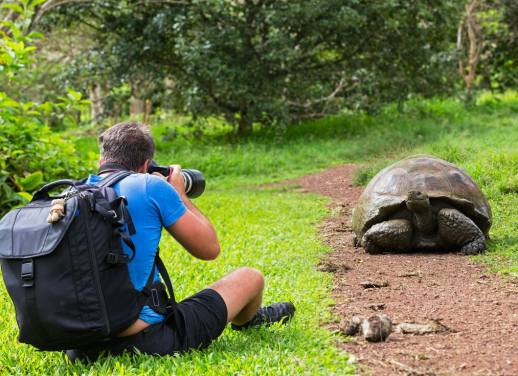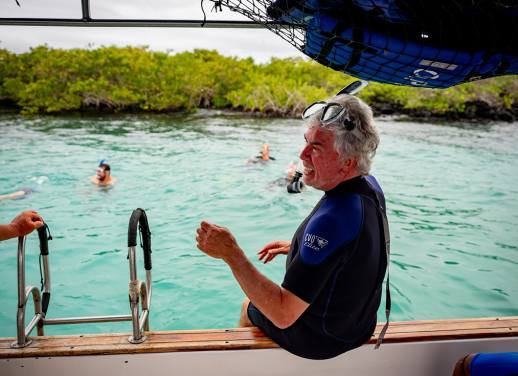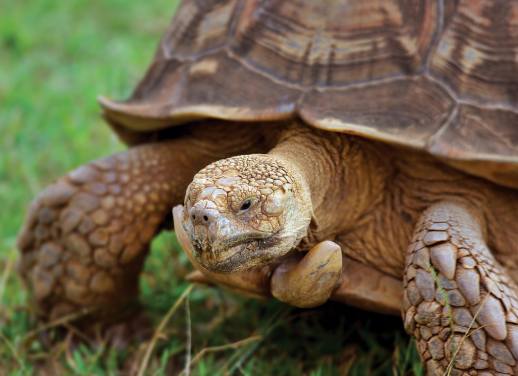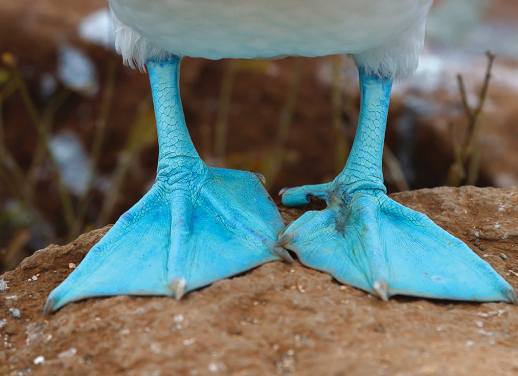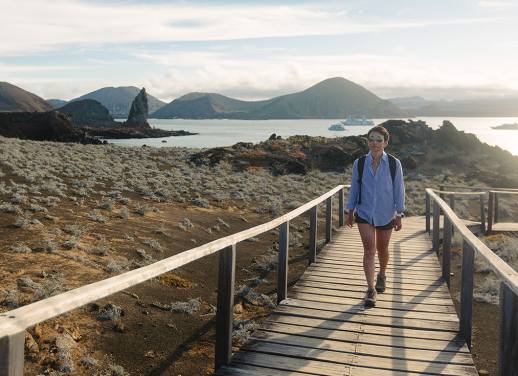It may be known as the off-season, but really, there’s a whole lot going on
The Galapagos Islands are a volcanic ecosystem filled with all manner of species, from the land iguana and lava lizard to the evolutionary finch bird and fan favourite flamingos. It’s truly a destination that satisfies everyone – snorkellers, animal fanatics, beachgoers, hikers, bird watchers and more. With so much going on in every month of the year, it would seem as if the Galapagos doesn’t seem to know the meaning of ‘off-season.’
Located almost directly on the equator, this region has two prominent seasons: a wet and warm and a cool and dry. Unsurprisingly, many people opt for the warmer time of year, but what they may not know is that the cooler months boast plenty of season-specific highlights, including ocean currents that bring a frenzy of aquatic activity, the arrival of baby sea lions, lower humidity for improved hiking and the onset of nesting season for several iconic local bird species.
Between June and November, the Galapagos region falls into its cool and dry season, but for a climate described year-round as tropical and semi-arid – there’s really no extreme seasonality to be felt. The sea temperatures will drop slightly but still sit around the same temperature as many European summer spots (think Cannes, Lisbon, Barcelona, etc.). So, you’re not exactly in for an ice plunge (but if you’re worried, we have plenty of wetsuits).
For those looking to explore the Galapagos Islands in a quieter environment (perhaps more similar to how Charles Darwin might’ve seen it) – read on to find out what’s in store during the off-season.
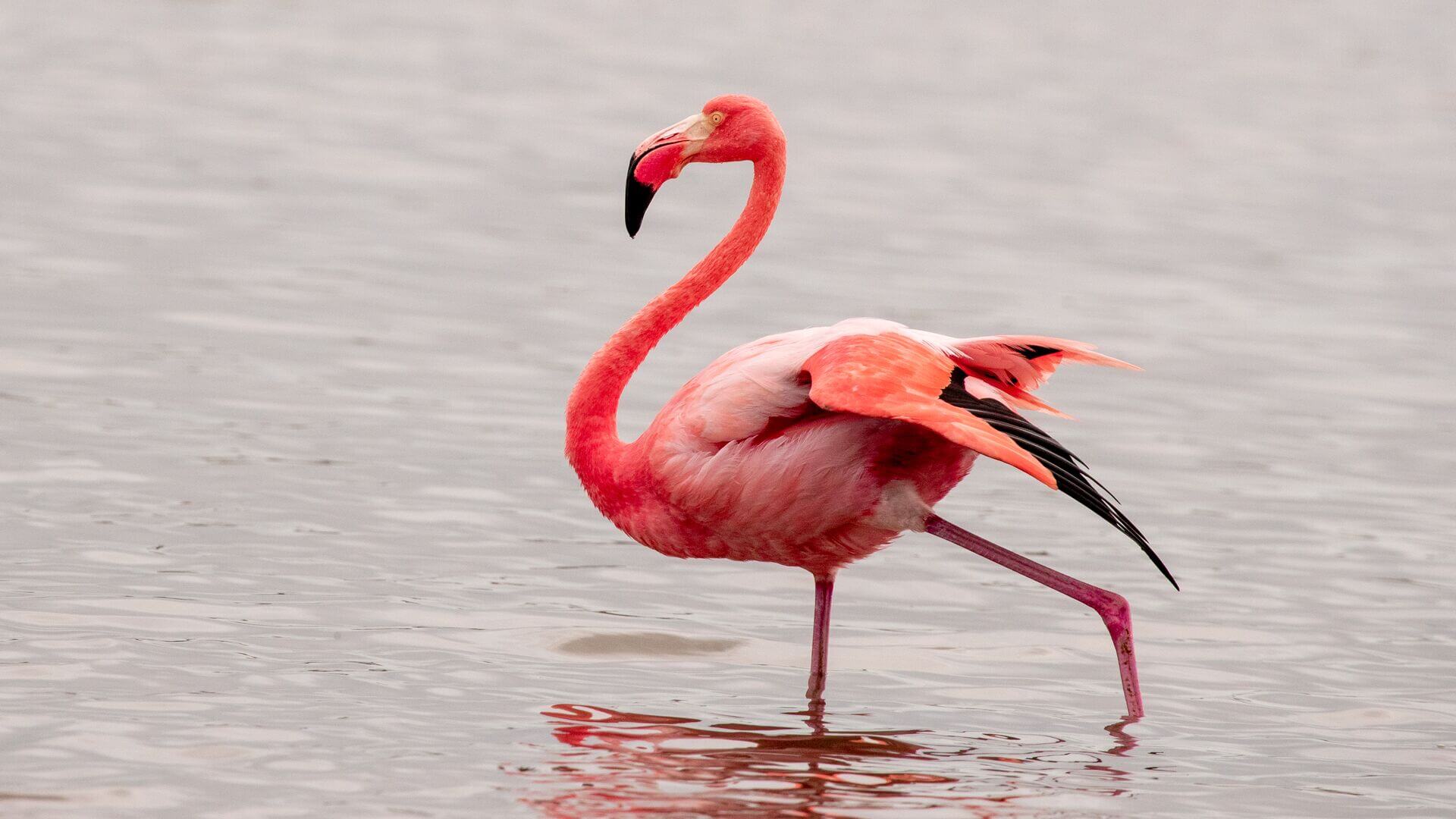
Wildlife that’s happy to see you
For a place brimming with so much life that it inspired a new way of thinking (looking at you, natural selection) – most visitors to this archipelago unsurprisingly hope to see as many of these weird and wonderful creatures as possible. And the slightly cooler months don’t disappoint – they’re arguably even the best time to visit for seeing whales, sea lions and tortoises.
The big draw to the region in the off-season is the arrival of the Humbolt Current. This nutrient-rich water causes a feeding frenzy, attracting a wide variety of marine life to the waters of the Galapagos. Get ready to play a game of ocean i-Spy with a fantastic array of featured animals, including sea turtles, rays, colourful reef fish, penguins, whales, dolphins, reef sharks, fur seals and seahorses. Whether you’re an experienced diver or snorkelling novice, this is a prime time to suit up and splash down.
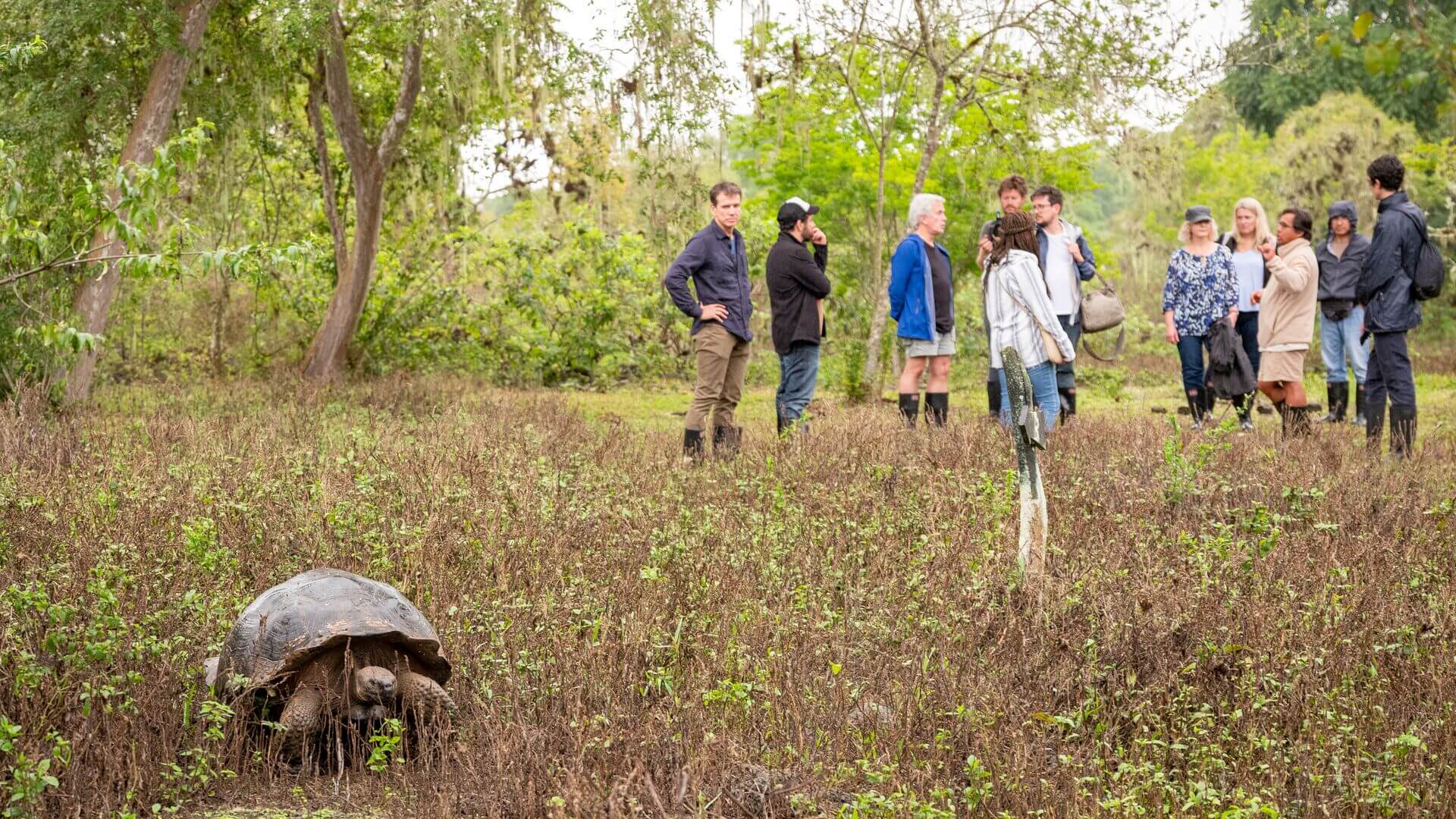
In the off season you have great chances of seeing:
- Migrating humpback whales & dolphins
- Sea lion mating & newborn pups
- Tortoises in the highlands
- Rare bird nesting
- Adorable penguin courtship rituals
Migrating whales & dolphins
Migration: June-September
Did I mention whale and dolphin sightings? You may get to see the odd pod of dolphins or whales swimming through the Galapagos Islands as they migrate north. Those with a keen eye may also get a glimpse of migrating humpback whales.
Sea lions
Mating season: July
Pup birthing season: August–October
The sea lions also begin their mating season in July, with pups typically born around August. Keep your fingers crossed, and you may even get to swim with these inquisitive animals and their young at this time of year.
Tortoises
Return to the highlands: June/July
Laying eggs: October–November
Follow Darwin’s largest inspiration, the giant tortoises, as they return to the Santa Cruz highlands in July, conveniently making them easier to spot, especially when you can move seamlessly between islands on a Galapagos sailing trip.
Rare birds
Breeding & nesting of blue and red-footed boobies: June-November
Baby chicks born: October
Some of the region’s most famous birds, including its most notable (and hilariously named) species, the blue-footed boobie, will begin their breeding season from June to November. You’ll also get the chance to see many birds nesting across the islands around this time of year. For those looking to catch the rare red-footed boobies, they’ll be preparing for to nest in their favourite locales in Punta Pitt.
Penguins
Courtship rituals: September
And we can’t forget about the penguins in Isla Bartolome, who begin their adorable courtship behaviours in September.
Best place to catch sight of a whale? On board a Galapagos cruise
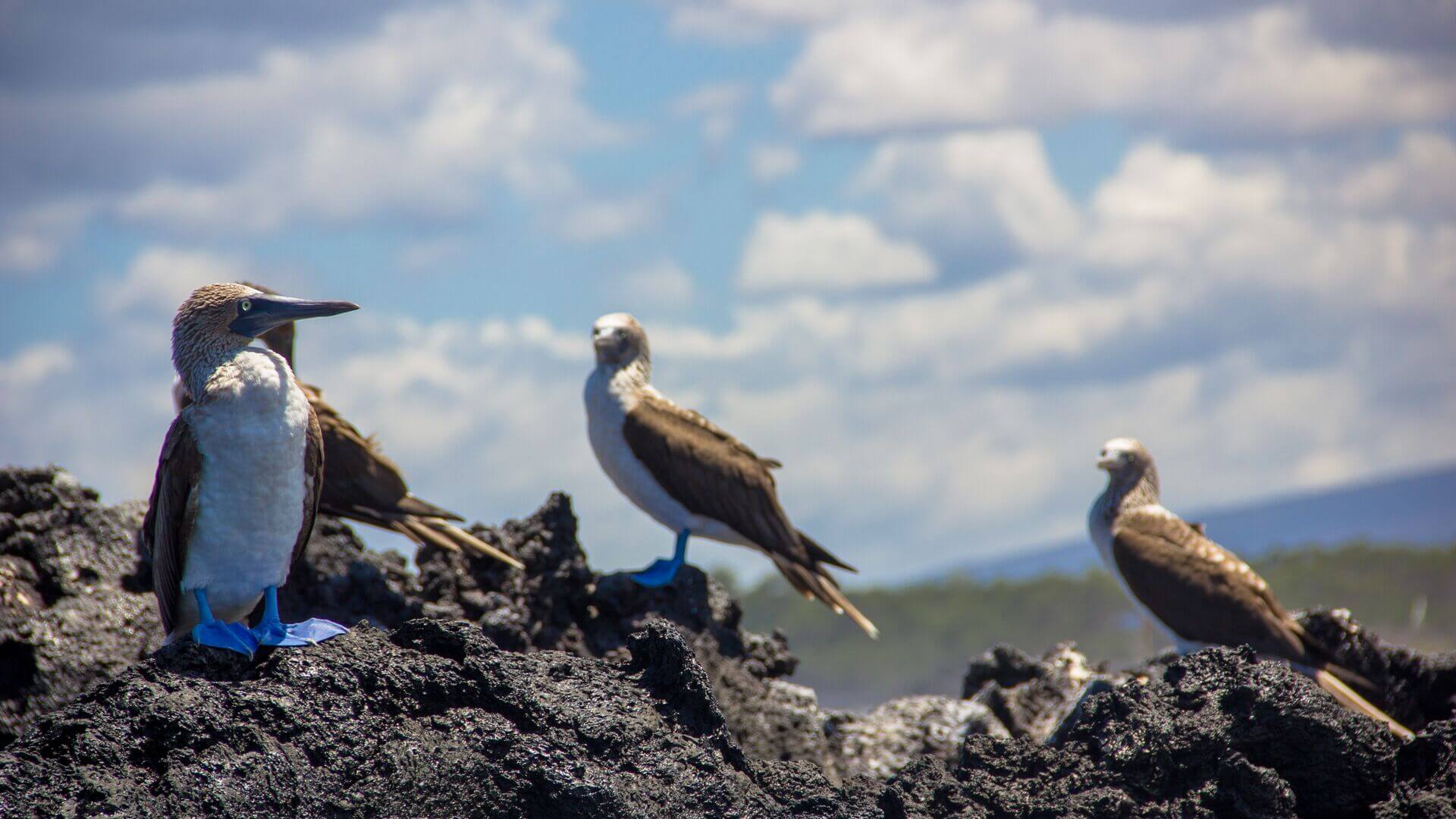
Weather fit for an adventure
One huge draw of the Galapagos is that it’s a year-round destination.
In the cooler months of June to November, temperatures generally sit between 19-27ºC (66-81ºF) with slightly more wind but less humidity. The highlands will be lush and green in the off-season and just that much easier to hike due to the reduced humidity and slightly lower temperatures.
This season, between June/July and November/December, is known as Garúa, which means small drops of condensation. This name comes from the specific weather at this time of year, which sees less overall rainfall but more clouds and mist in certain areas, including the Highlands.
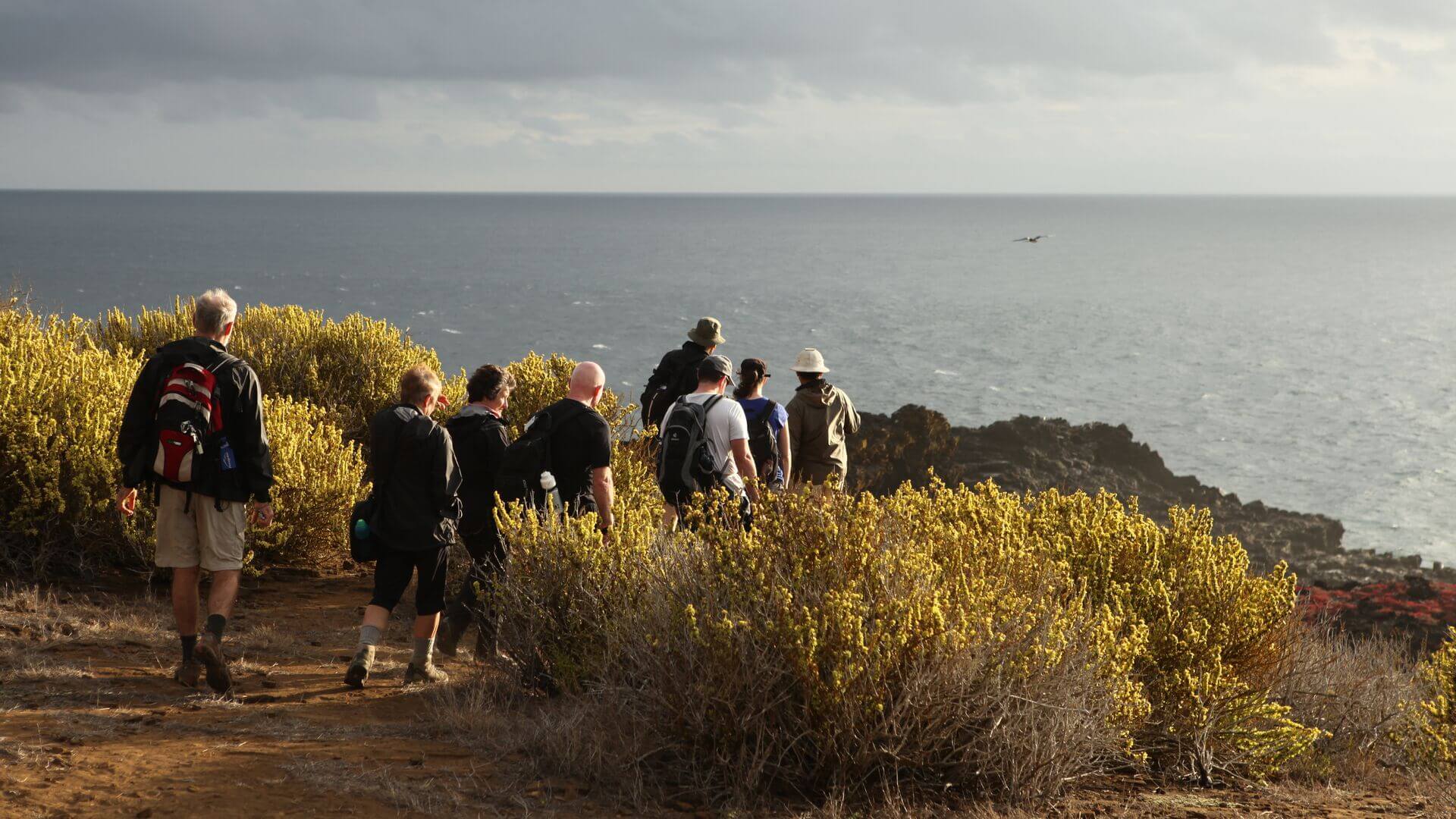
Warm but wet vs cool and dry – how do I decide?
Unsurprisingly, the wet and warm season brings wet and warm weather. Consistent daily rainfall this season usually means an afternoon thunderstorm or brief shower, but many people still choose this time of year as they’d rather have slightly warmer ocean temperatures. However, if you’re not keen on dodging downpours, dealing with higher visitor numbers and operating in increased humidity, you may want to visit in the (still warm) off-season months of June to November (it’s still the tropics after all).
The off-season is also great for hiking enthusiasts. Slightly lower temperatures and decreased humidity make getting to those harder-to-reach viewpoints a little bit easier. This includes the highly photographed Bartolome Island trail. Another well-loved route is the rocky hike to the Galapagos’ most active volcano, the Sierra Negra (also the second-largest crater in the world). Believe me, you’ll be grateful for the cooler temperatures during this 17km hike.
Looking for more weather information? Read a month-by-month Galapagos guide
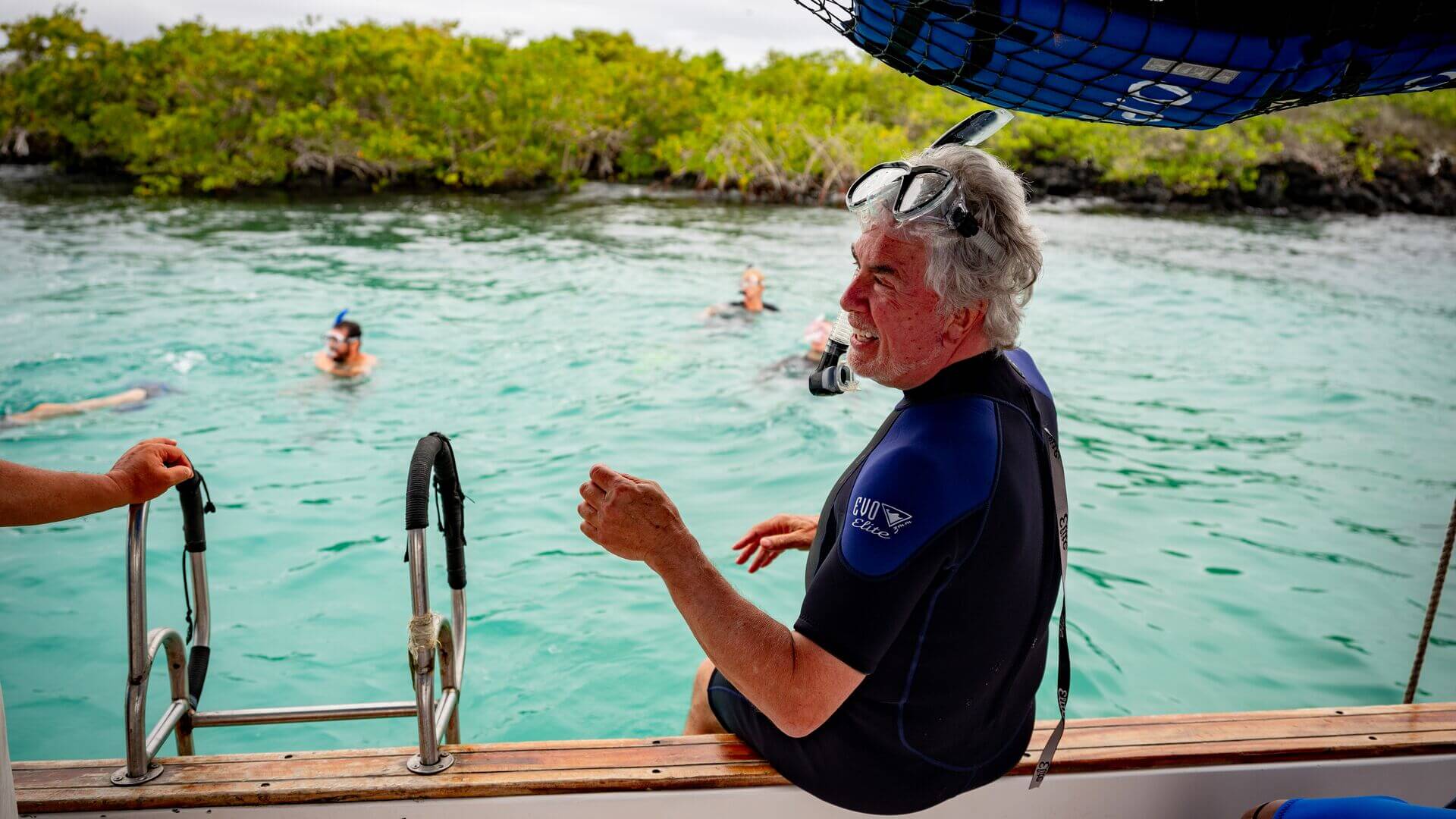
Ready to see it all for yourself?
The Galapagos is truly one of those places you need to see to believe. A destination where the wildlife is unbothered by human visitors and the landscape stands seemingly unaffected by the passing of time. From the tropical clear-water beaches to the thriving volcanic ecosystems, visitors to the Galapagos Islands leave with a true sense of the importance of conservation and wildlife protection.
When travelling to the Galapagos Islands on an Intrepid trip, you’ll be supporting The Intrepid Foundation’s partner, Galápagos Conservancy, who work to support the Women in Sustainable Entrepreneurship (WISE) Program. This program provides business funding and support to women-owned small business that focus on sustainability, social wellbeing and local economic growth in the Galapagos Islands.
No matter when you choose to visit, you’re sure to be thoroughly entertained by the various geographical wonders this part of the world is known for. If you want to get the full Galapagos experience on board or on land, join an expert local leader on Intrepid’s range of Galapagos trips.

